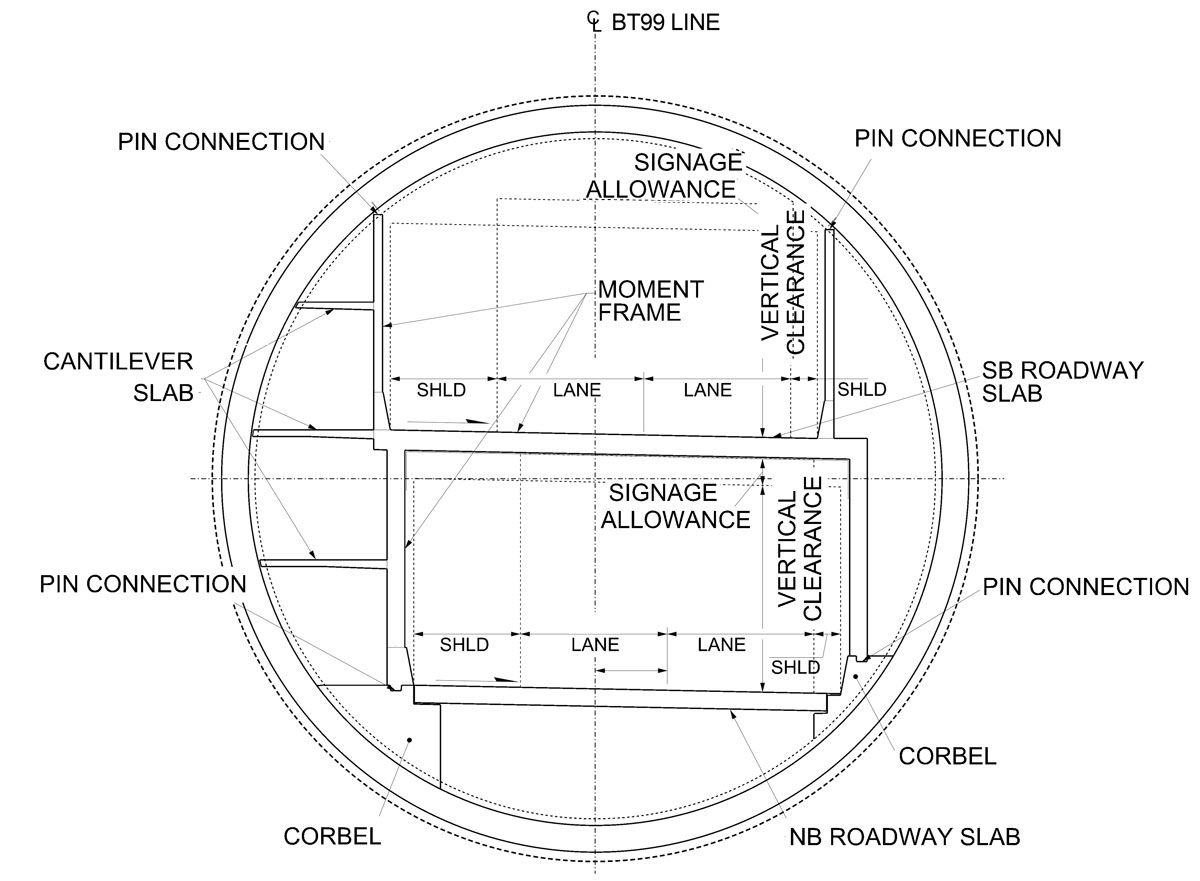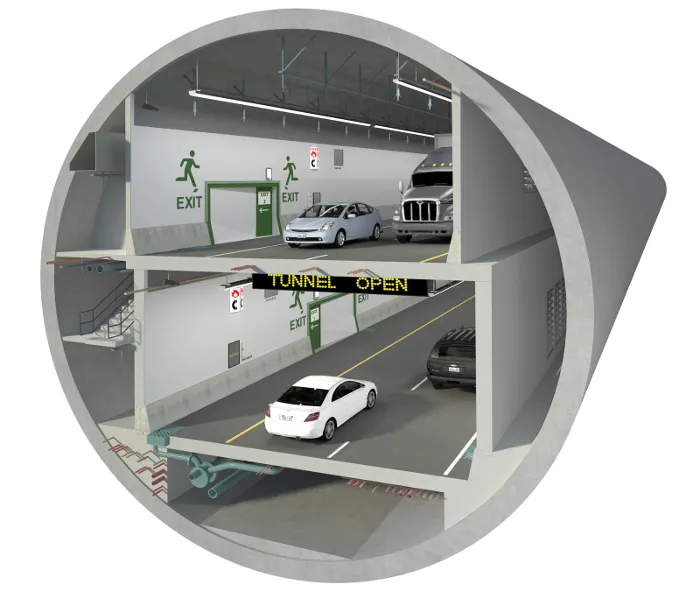omg i didnt think i would generate this many responses ty everyone
my (current) plan is to make the NSRL start going deeper somewhere after central station, then go underneath the rapid transit of north station, under the river and then come back up on the other side. im not sure if the portals could be closer? so yeah
alternatively, if the government center parking garage takes long enough to get finished or just falls through (might already be done i havent been to gov. center in a while) then haymarket could be rebuilt to allow space for the tracks to go under canal street and then link straight into north station (i *kinda* like this idea but i really dont see much benefeit)
i dont really have a source for if theres room above the silver line tunnel, i just kinda assumed because theres the councorse there, also there seems to be more room above the red and silver line tunnels then they need
frankly my initial idea was to just tear up and rebuild the central artery again

but if the highway tunnels could really be utilized then thats awesome (a whole would still need to be made to take out the TBM from the north station portals)
the underground north station that this would be produce would be shallow enough that the portal would be like somewhere in the wide rail trunk right before north station instead of 3 seperate portals
also the thing i said bout connecting directly into north station is stupid, theres literally no room under canal street and it would be worse then an underground one anyway because the current transfer to rapid transit is very annoying
also idk what i was going on about with the gov. center project getting halted (i do want to rebuild haymarket anyway but thats a different story)
as for tunneling directly under south station, im not sure about the tower's foundations but im pretty sure lowering 4 tracks by 20-25 feet wouldnt interfere, and for the south station buildings original old foundations im not sure whats there but a steel arch being pushed forward inch by inch would create the neccesary gap (this is how they dig through old building's foundations in europe and stuff)
sorry for all my yapping and ty for considering my suggestion seriously



